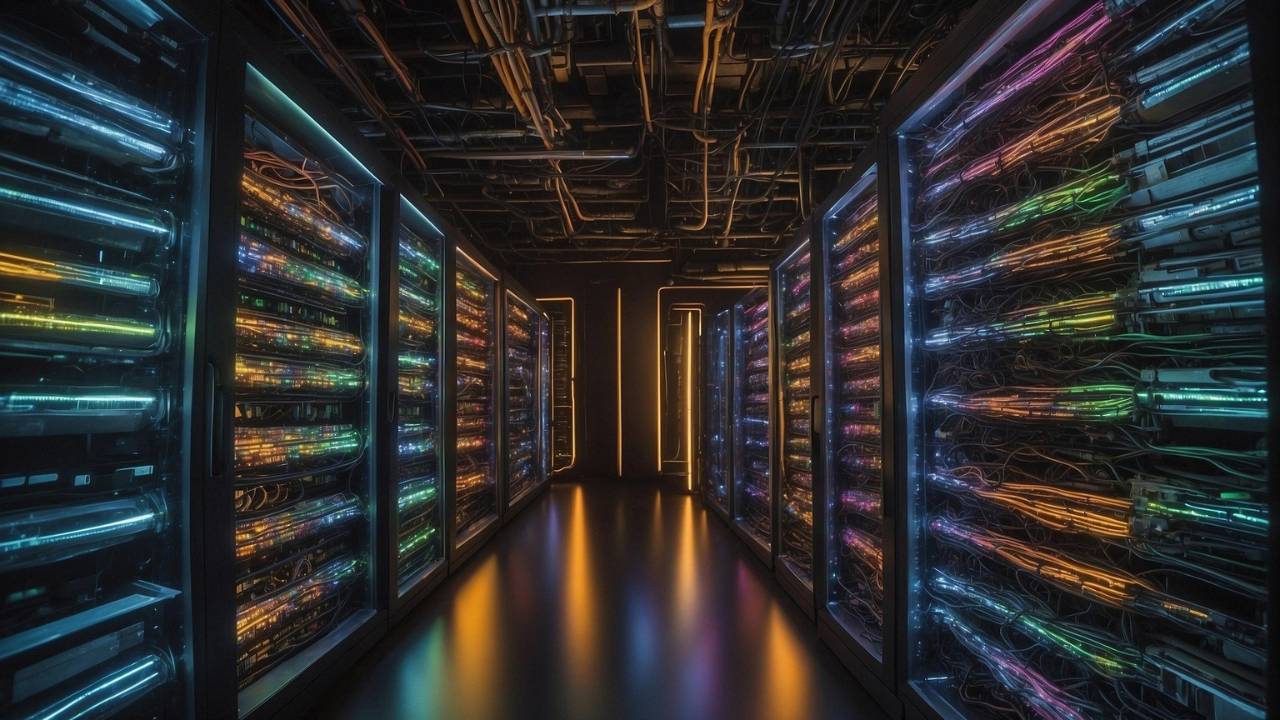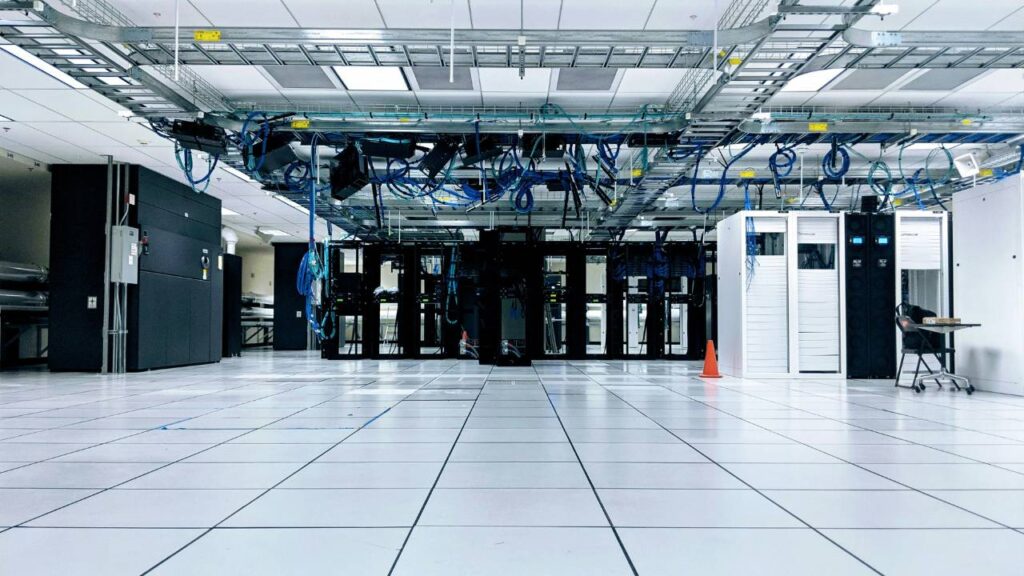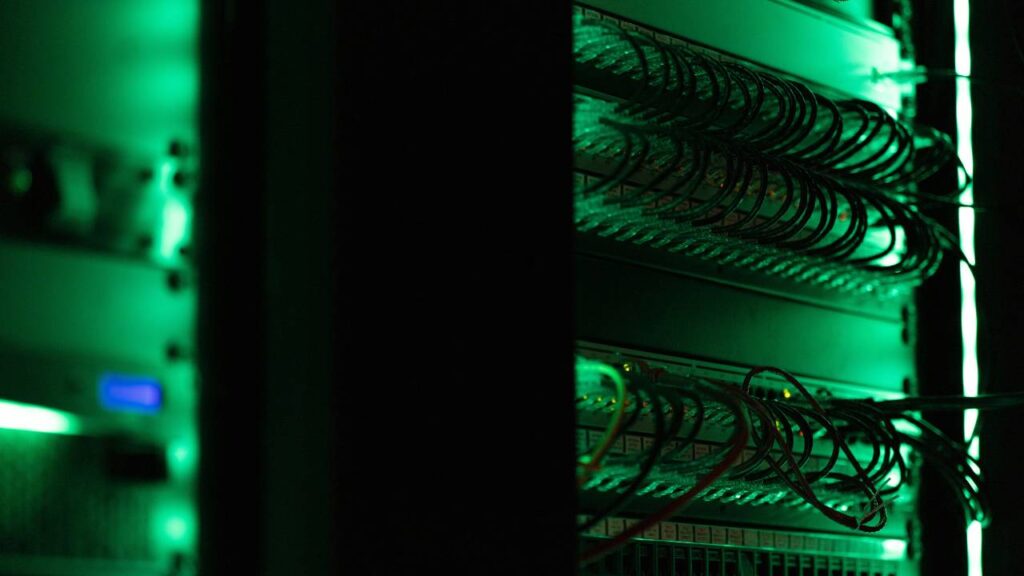
Maintaining a compliant and secure server room is essential for keeping your business running smoothly and protecting valuable data—effective compliance and risk management are crucial not just for legal reasons, but also for the day-to-day safety and resilience of your operations. While firewalls and encryption are often prioritised, electrical safety is vital in IT support, especially when server rooms are operating around the clock. Many business owners only realise the importance of proper physical standards and compliance measures after facing unexpected downtime or safety incidents, making it vital to address these risks before problems arise.
Why Compliance Standards Exist for Server Rooms

Compliance standards for server rooms are in place to meet both legal and operational obligations. In Ireland, you are required to follow fire regulations to reduce risks to equipment and staff. Fire suppression systems and clearly marked escape routes are commonly inspected during routine checks.
Proper equipment ventilation is necessary to avoid overheating and prevent hardware failure. You must maintain designated cooling zones, which are examined during audits to confirm adherence to manufacturer recommendations.
Power supply segregation is another mandate, ensuring that critical systems remain operational during power fluctuations or outages. Inspectors regularly assess whether your server room has reliable backup power solutions and appropriate separation of supply circuits.
Physical access control is crucial for data security and asset protection. You need restricted access measures such as keycards or biometric locks, with logs often audited to demonstrate compliance.
Common audits examine your adherence to these standards through records, maintenance logs, and on-site inspections. Failing to comply can result in penalties or operational interruptions, making careful oversight essential.
Key Compliance Areas That Businesses Often Overlook
Many businesses miss essential details when maintaining server room compliance. Proper labelling of power lines and breakers is frequently ignored, making it difficult during emergencies to quickly identify power sources or shut them off safely.
Humidity and temperature monitoring are often set aside or only checked periodically. Failure to consistently track these factors can allow equipment to overheat or develop condensation, leading to hardware damage and data loss.
Server racking and cable organisation may seem minor, but messy cables create trip hazards and slow down response times during outages. Organised cabling also makes routine maintenance safer and far more efficient.
These oversights can result in costly downtime and pose hazards that go beyond data — they threaten staff safety and your ability to keep your business safe.
Neglecting such areas undermines compliance with health and safety standards as well as IT regulations. By paying attention to these details, you reduce risk not only to your equipment, but also to the people who work around your server room every day.
The Role of Physical Infrastructure in Risk Management

The design and layout of your server room are crucial for minimising potential hazards. Proper placement of hardware and cabling helps you avoid blocked airflow and reduce heat-related risks.
Maintaining effective airflow keeps your servers from overheating. You should install racks strategically and arrange equipment so that cold air can circulate and hot air can exit, which helps maintain stable temperatures.
Fire risk must be managed using approved detection and suppression systems. For physical safety and fire suppression systems, businesses often turn to trusted experts like Data Centre Safety to ensure full regulatory compliance. Early-warning alarms and clean-agent suppression can protect equipment and staff without damaging electronics.
Flooding and leaks are significant threats to data and hardware. It is essential to use raised floors and water leak detection sensors, especially in buildings susceptible to weather-related risks or plumbing issues.
Your physical infrastructure’s effectiveness directly contributes to achieving compliance and demonstrates your commitment to safeguarding critical assets. Each component, from cooling systems to fire suppression, plays a vital part in a comprehensive risk management strategy.
The Impact of Non-Compliance on Business Continuity
Failing to meet server room compliance standards can have immediate and long-term effects on your organisation’s business continuity. Unannounced inspections may result in operational shutdowns, even for issues that seem minor, such as inadequate cable management or blocked ventilation.
Non-compliance often brings financial penalties and the potential invalidation of your insurance cover. If an insurer discovers breaches in your server room setup after an incident, claims related to fire, data loss, or equipment failure can be denied, leaving you responsible for significant costs.
Minor violations, such as improper labelling or unauthorised access, can sometimes lead to cascading problems. For instance, an overlooked environmental sensor could fail to trigger an alert, resulting in an unnoticed temperature spike and subsequent hardware damage.
Compliance is not only a regulatory requirement but should be considered a critical aspect of your business continuity plan. Maintaining up-to-date policies and regularly auditing your server room helps you reduce risks of unplanned downtime, legal issues, and reputational harm.
Each step towards compliance strengthens your organisation’s ability to recover quickly from disruptions and maintain essential services.
Partnering with the Right IT Support for Compliance

Choosing an IT support partner who understands not just technology, but also environmental risk and compliance regulations, is essential for your server room’s security. You need a team that recognises the specific challenges your business faces and adapts their approach as regulations change.
A skilled provider will prioritise regular server audits, ensuring that your systems are continually checked for vulnerabilities and compliance gaps. This proactive approach helps you identify issues before they become serious risks, reducing the likelihood of unexpected outages or breaches.
Maintenance is another critical element. Regular upkeep of hardware and software prolongs equipment life and keeps performance steady. Scheduled servicing and updates help maintain compliance with standards, including data protection and environmental controls.
Proper documentation is also indispensable. Detailed records of maintenance, system changes, and audit results support accountability and transparency. Well-kept logs are invaluable should you face an inspection or need to trace the source of an incident.
When looking for IT support, you should seek a provider who demonstrates up-to-date knowledge of compliance standards relevant to your sector. They should also prioritise clear communication, enabling you to make informed decisions about your infrastructure and manage risk effectively.
Conclusion
Maintaining server room compliance is essential not only for meeting legal obligations but also for ensuring the safety of your equipment and staff, reducing the risk of costly downtime, and safeguarding your business operations. By taking a proactive approach to compliance and regularly assessing your server room infrastructure, you position your business to respond effectively to risks and changes. Working with trusted experts can help you stay ahead of evolving standards, protecting both your data and your reputation.

